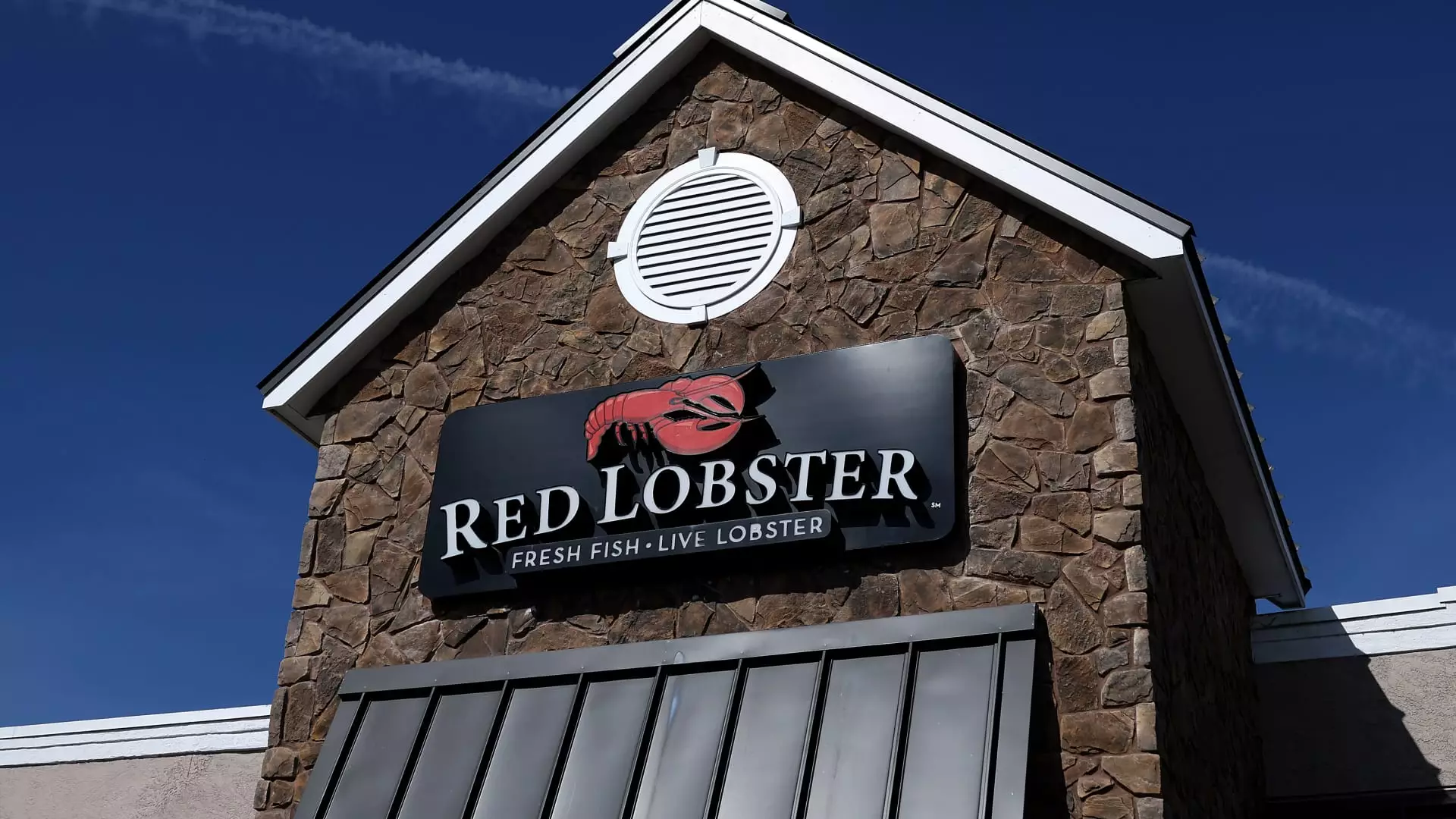Red Lobster, a once-popular seafood chain, has recently filed for Chapter 11 bankruptcy protection, signaling a significant decline in its business operations. The company has faced challenges such as a bloated and underperforming restaurant footprint, failed strategic initiatives, and increased competition within the industry. These factors have contributed to the need for Red Lobster to seek court protection in order to restructure its operations.
With assets between $1 billion and $10 billion and estimated liabilities in the same range, Red Lobster’s financial situation is precarious. The company has been burdened by significant debt and long-term leases, leading to the closure of underperforming locations and the rejection of certain leases to reduce its footprint. Despite efforts to address operational challenges, Red Lobster has faced a decline in traffic and reported a net loss of $76 million in fiscal 2023.
Originally founded in 1968 and later purchased by General Mills, Red Lobster has had a tumultuous ownership history. General Mills spun off its restaurant division into Darden Restaurants, which later sold Red Lobster to private equity firm Golden Gate Capital. Subsequent changes in ownership, including a stake purchase by seafood supplier Thai Union Group, have not been able to stabilize the chain’s business.
The Leadership Changes
Red Lobster has seen a revolving door of CEOs in recent years, with Jonathan Tibus being the third chief executive in as many years. The lack of stability in leadership has made it difficult for the chain to implement a successful turnaround strategy. The retirement of longtime CEO Kim Lopdrup and the implementation of unsuccessful promotions, such as the “endless shrimp” offer, have further contributed to the company’s financial woes.
The Path Forward
Tibus, the current CEO of Red Lobster, has stated that the restructuring process is the best path forward for the company. By addressing financial and operational challenges, Tibus aims to emerge stronger and refocused on growth. With support from lenders and vendors, Red Lobster is hopeful that the sale process will be completed quickly and efficiently, ensuring a continued focus on employees and guests.
The Road to Recovery
As Red Lobster navigates the complexities of bankruptcy and restructuring, it remains to be seen if the company can successfully turn its business around. By addressing key issues such as debt, operational inefficiencies, and leadership stability, Red Lobster may have a chance at rebuilding its brand and regaining its position in the competitive restaurant industry. Only time will tell if the seafood chain can emerge from its current challenges stronger and more resilient.

